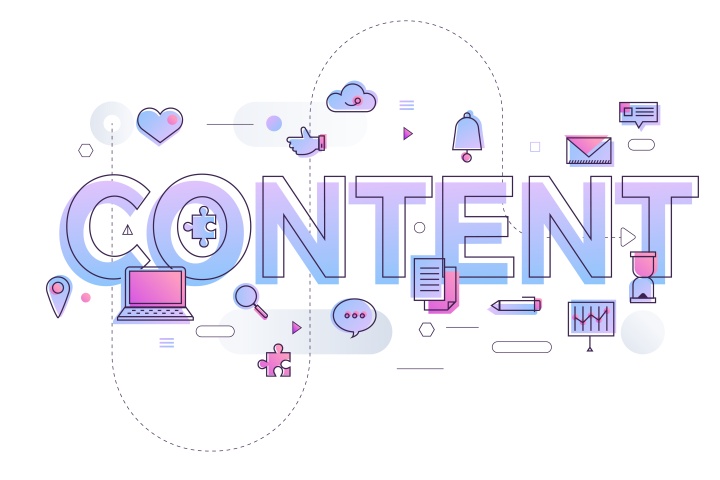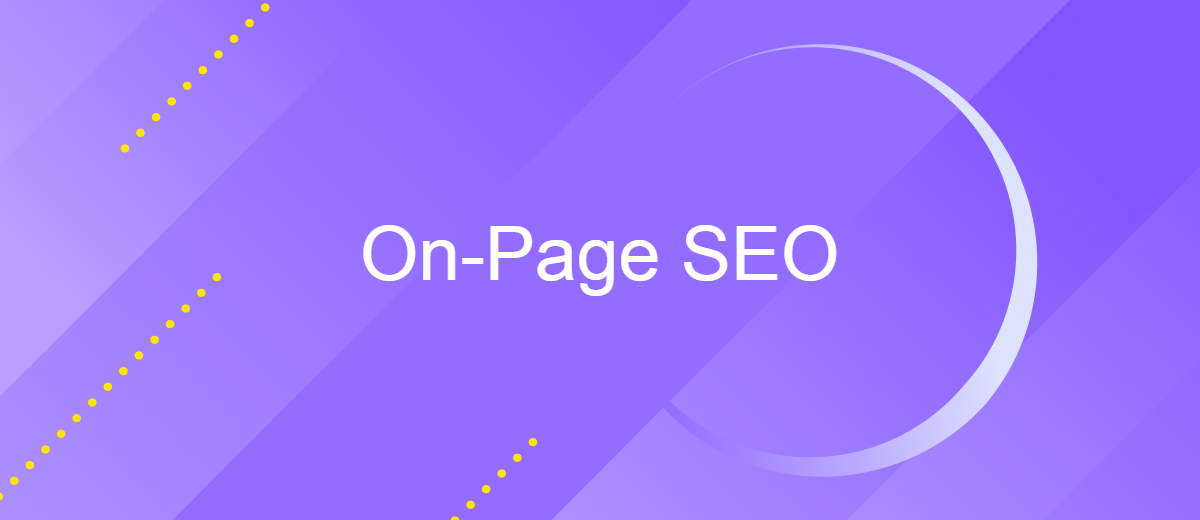Unlocking On-Page SEO Success: Proven Strategies for Higher Rankings in 2025
On-page or internal optimization is one of the key components of successful website promotion on the Internet. It includes a set of measures that help organize the structure and content of the site, making it more noticeable and perceived by search robots. In addition, internal SEO improves the usability and attractiveness of the web resource for visitors, increasing its conversion. This optimization technique consists of several important components, the correct application of which you will learn in this on-page SEO checklist.
Title Tags and Meta Descriptions
Title and Description meta tags are HTML code elements that contain brief information about a web page. The data placed in them is considered by search engines (SE) when ranking a site in search results. After the site is indexed by SE, Title and Description of its pages begin to be displayed in search results. Accordingly, search engine users begin to get acquainted with a site from its meta tags, and their informativeness largely determines whether they will follow a link to your site or any other.
Title tags display the names of web pages shown in search results and browser tabs. This category of tags is considered the most important, thanks to it, visitors will see the topic of the web page before going to it from the search engine. SE also pays special attention to Title, considering it the main indicator of the relevance of the site to queries.
To fill in Title tags efficiently and for SEO purposes, follow these recommendations:
- The tag is placed inside the Head tag and has the structure: <title>Title</title>.
- The optimal length of the title is 60–70 characters, including spaces. Long text will be cut off by the search engine.
- The title should include the most relevant search queries (optimally no more than three).
- Each page of the site should have a unique Title — make sure there are no repetitions.
- The most high-frequency queries should be added at the beginning of the text.
Meta Descriptions are brief summaries of the content of web pages that are placed in search results under the site titles. They are not shown to visitors directly in the site content. Description complements and details the Title, providing search robots and visitors with more detailed information about the topic and content of the web page.
The following recommendations will help you fill in the Description meta tag correctly and thereby improve website ranking:
- The tag is located inside the Head tag and has the structure: <meta name="description" content="Page description">.
- The optimal text length is 150–160 characters, including spaces.
- Description should look like a short and concise announcement that conveys the main essence of the page.
- The texts of the Title and Description meta tags should not be the same.
- The most important information and high-frequency keywords should be placed at the beginning of the description.
- It is optimal to add up to three key phrases to the Description, without duplicating keywords.
Content Optimization

SEO optimization of text content is one of the most effective ways to improve the ranking of a website by search engines. It will also help you make the content more relevant, useful and understandable for your target audience.
To conduct high-quality content optimization of the site, consider this checklist:
1. Create a Semantic Core
Firstly, you need to collect a semantic core from the most relevant search queries for your site. In this case, specialized programs will be useful — for example, Ahrefs Keywords Explorer. In the process of selection, you should consider the potential of keywords for attracting traffic from organic search, using the appropriate filter (Traffic potential).
2. Study Your Competitors
It would be a good idea to analyze competitors' websites, they can suggest important keywords and relevant topics for content, and also help determine the optimal website structure. To find the main competitors by search queries, use the relevant services — for example, Top Pages from Serpstat.
3. Think Through a Content Plan
The next step is to select article topics in accordance with the semantic core. To achieve this, distribute similar key phrases into groups and come up with relevant topics for the articles in which they will be placed.
4. Prepare the Content
Next, start creating text content in accordance with current SEO standards for 2025. Keep in mind that articles should be written not only for search robots, but primarily for readers, placing in them as much useful, relevant and interesting information as possible.
5. Optimize Your Content
It is important that your articles be clear and well-perceived by both users and search engines. Each material should have a clear structure with paragraphs, headings and subheadings (H1, H2, H3) — be sure to add key phrases to the latter. In addition, it is advisable to use lists and thematic images (illustrations, infographics, etc.) in the text.
6. Update Content
Regularly updating your site with quality content will ensure high traffic and help improve or at least maintain its search rankings. To achieve this, don't forget to add new articles periodically on relevant topics to your site, and also update old materials.
Internal Linking and Site Structure

Internal linking is another effective on-site SEO tool, the essence of which is adding links to the site pages that lead to other pages. Properly conducted interlinking helps evenly to distribute the link mass across the site and improve its usability, positively affecting ranking, traffic and conversion.
Follow this algorithm when conducting internal linking:
- Find pages that will be linked to from other sections of your site. Typically, this means choosing the most converting or visited pages, or, conversely, pages with low traffic.
- Create anchor text for your links using the most relevant keywords for the pages.
- Find pages where you can add links for cross-linking. The sections you link should have a common or at least similar topic.
- Place links in the content of the selected pages. This procedure can be carried out both manually and automatically — using special scripts or plugins.
Before you perform internal linking, be sure to think through the structure of the site. This stage is no less important during on-page SEO activities, as it allows you to correctly build navigation between sections of the site. As a result, this should speed up its indexing by search robots, correctly distribute the weight of links and make the web resource more convenient for visitors.
When developing the site structure, we recommend considering the following nuances:
- Avoid repeating the same key phrases on different pages of the site. Otherwise, the pages will compete in search results, which will worsen the indexing of the web resource.
- Keep an eye on the page nesting indicator — it should not be too high. Ideally, any section of the site can be accessed in a maximum of three clicks.
- Make sure that all pages of the site contain links to its home page and other main sections. The home page must also contain links to the key categories of the web resource.
- Use micro-markup (the so-called “breadcrumbs”), which shows the nesting structure of the page in the site hierarchy.
- Eliminate “dead” pages – those where there is not a single link, as well as those to which not a single internal or external link leads.
Image and Media SEO
Optimization of images and other media files is also considered a very effective SEO strategy. With its help, you will be able to improve the visualization of web content, making it more clear and attractive to the target audience. Moreover, properly optimized images and videos increase the page loading speed, which has a positive effect on the SEO indicators of the site. They also provide additional traffic coming to your resource from the corresponding search section.
To effectively organize your site's visual elements, take the following steps:
- Don't forget to fill out the Alt attribute for each image, adding a short, concise description with relevant keywords.
- Check the names of media files added to the site — they should reflect the content of the picture or video, ideally you can include some keywords in them.
- Write informative descriptions for each video uploaded to the site. It would be a good idea to indicate the timing of its main sections, as well as add subtitles.
- Use special image compression services (TinyPNG, JPEG Optimizer, etc.) to reduce the loading speed of web pages. Some platforms automate bulk image processing, which is very convenient for online stores and other sites with a large amount of visual content.
- Place separate descriptions under the images, specifying relevant keywords in them. This on-page SEO technique will make your media content more informative for visitors and search engines.
Bottom Line
Successful internal website optimization is the result of a comprehensive approach that includes a number of different factors: from preparing meta descriptions and content optimization to internal linking and image processing. The on-page SEO best practices described in the article will help you increase the effectiveness of these activities, which will have a beneficial effect on your website's ranking in search engines. It is important to remember that the main goal of search engine optimization is to make the website attractive, useful, and convenient for visitors, providing it with the necessary conversions.

